Last Updated on July 30, 2021
Pixar was born in 1986 and that’s where it all started, with a bunch of short films and commercials that showed who they were. Although 2D animation was the norm back in the day, Pixar pitched their idea for TOY STORY to Disney, along with a film test, and that’s what gave them the green light in 1993, and eventually a theatrical release in 1995 — right around the same time that E-Bay was first being introduced to the world. Flash forward to 2019, when TOY STORY 4 is about to hit theaters. 24 years and 20 feature films later, the crew behind the now famous Pixar is still trying hard to maintain that same spirit that guided them all those years ago, and they hope their mission is clear with every loving detail in their latest installment. They're still the same old Pixar that Bob Holly and Bill Reeves formed back in the day, just with better polish and rendering.
In 1995, TOY STORY marked a major milestone in animated moviemaking as the first fully computer animated feature film; it was the highest grossing movie of the year and nominated for three Oscars and two Golden Globes. Four years later, TOY STORY 2 broke opening weekend box office records in the U.S., UK and Japan, won the Golden Globe for best motion picture—comedy or musical, as well as a Grammy for best song written for a motion picture, television or other visual media (Randy Newman/“When She Loved Me”). Released in 2010, TOY STORY 3 won Oscars for best animated feature film and best achievement in music written for motion pictures, original song (Newman/“We Belong Together”). The film also won a Golden Globe and BAFTA for best animated film, and was the second Pixar film to be nominated for the best picture Oscar.
Now, the toys are back on the big screen with an all-new adventure in TOY STORY 4. Woody, Buzz and the whole gang find themselves far from home, discovering new friends—and old ones—on an eye-opening road trip that takes them to unexpected places.
Woody (voice of Tom Hanks) has always been confident about his place in the world, and that his priority is taking care of his kid, whether that’s Andy or Bonnie. So, when Bonnie’s beloved new craft-project-turned-toy, Forky (voice of Tony Hale), declares himself as “trash” and not a toy, Woody takes it upon himself to show Forky why he should embrace being a toy. But when Bonnie takes the whole gang on her family’s road trip excursion, Woody ends up on an unexpected detour that includes a reunion with his long-lost friend Bo Peep (voice of Annie Potts). After years of being on her own, Bo’s adventurous spirit and life on the road belie her delicate porcelain exterior. As Woody and Bo realize they’re worlds apart when it comes to life as a toy, they soon come to find that’s the least of their worries.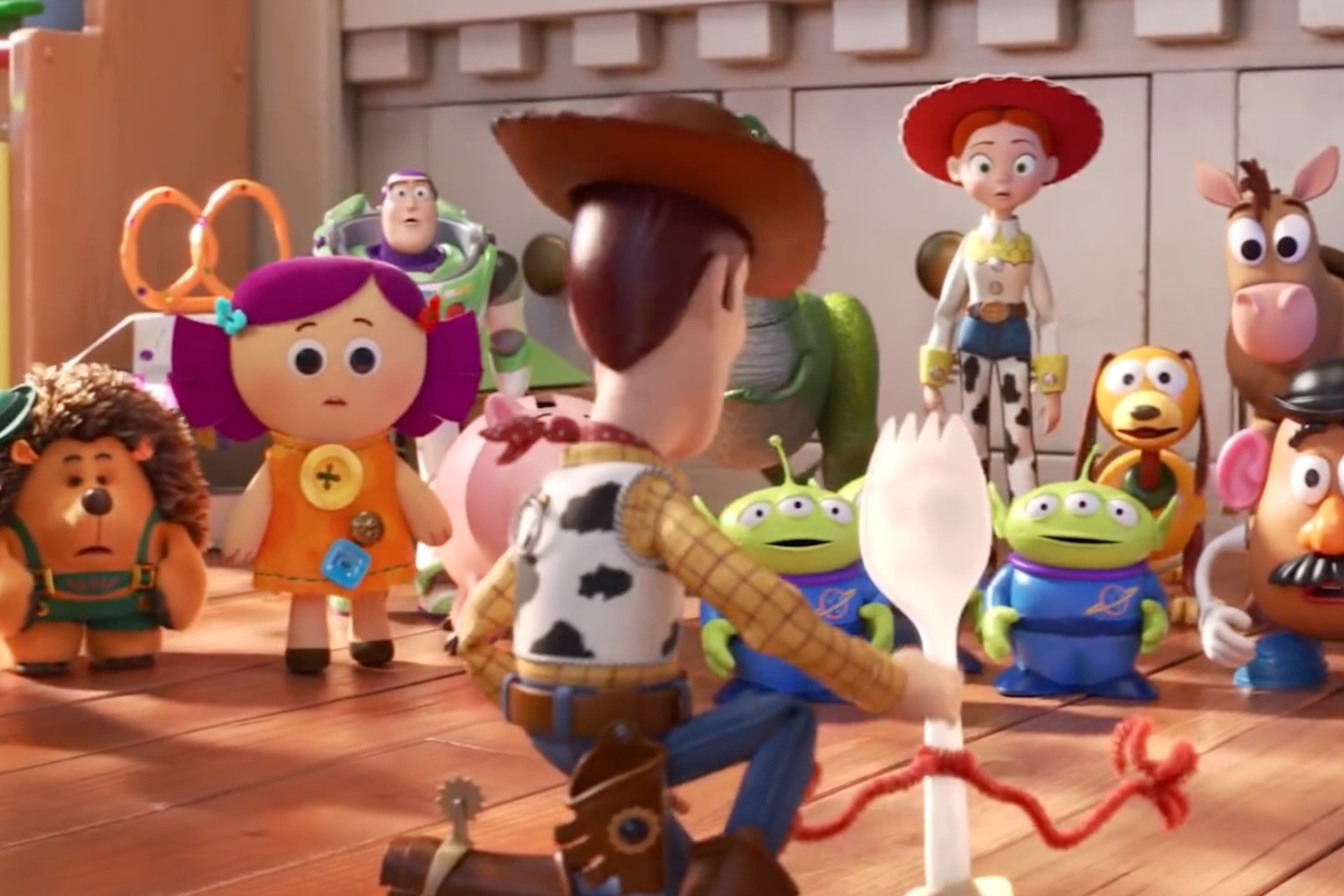
TOY STORY 4 opens with a flashback during a rain storm just outside of Molly's window. The gang is in crisis mode, as Andy's remote control toy car RC is stuck down on the road outside, about to be swept away the floods. With Woody leading, the crew decides to undergo 'Opeartion Pull Toy', tying together as many plastic limbs as they can manage — mainly, Slinky Dog — to grab RC and pull him back up to safety before the humans in the house notice what their toys are up to. Woody and co. triumph, but just when it seems like they might have stumbled into a patch of good luck, news arrives that Molly has grown tired of Bo Peep and wants to give her away to another kid. Woody is nearly beside himself with grief at the thought of losing his one true love, and is forced to make a tough decision in this moment: does he jump in the box with Bo or stay behind with Andy? Bo reassures him that this is all perfectly normal and tells him to stay where he is, and reluctantly, he obliges. It will be a long time before he sees his sheep herding flame again.
One of the major improvements in TOY STORY 4 is oddly enough the use of dust in the film. According to Tech Supervisor Bill Reeves, TOY STORY 4 uses a new version of Render Man, their rendering software, which now mimics the physics of lights and how it interacts with objects and materials in the scene. "We don’t have to tell the software what the light should do, it figures it out." Their new tools also "allowed us to add dust on the floors and the cabinets and rafters in the mall, and to add cobwebs in all the nooks and crannies, again, creating a much richer environment."
That's not the only thing their updated software program has allowed the TOY STORY team to improve. According to Story Supervisor Valerie LaPointe, the artists are "still drawing every single frame, but they’re using our own software and photoshop to get it into a format where it can then be roughly 100-300 boards that are pitched digitally as I’m pitching to you right now, with voices, sound effects, whatever you need to do to make this entertaining and interesting and get a feel for the timing and the pacing of the scene". Once the artist pitches a scene and receives feedback, he or she heads back to his or her desk — in the case of the 'Meet Gabby Gabby' scene, it's artist Yohan Chang — and begins drawing again, making improvements based on their responses through a highly stylized system that cuts down on the amount of time that drawing every single storyboard by hand would require.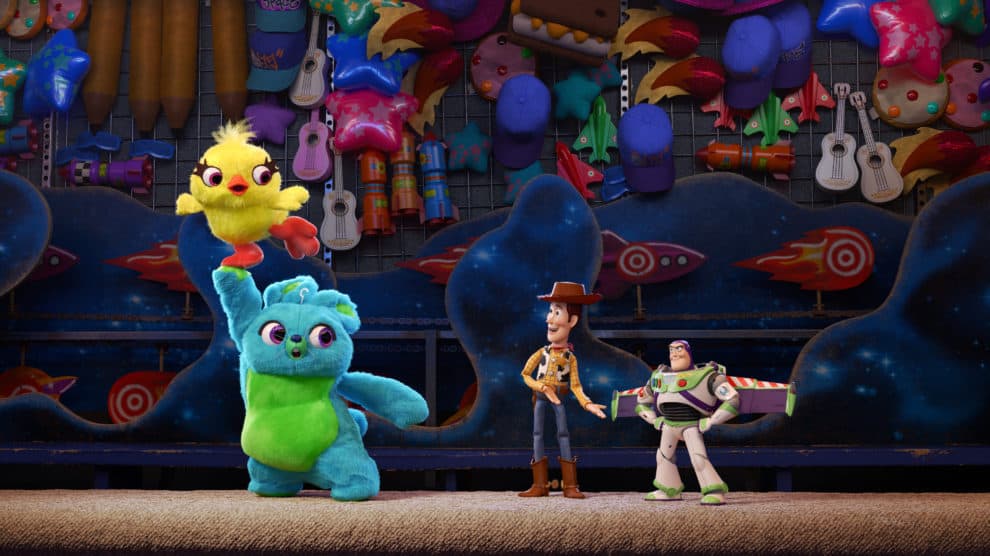
From there, editor Axel Geddes and his team are handed a stack of still images which they use to build the reels of the movie. The storyboards are then timed out in editorial with temp dialogue, sound effects and music. Temp dialogue is the dialogue Geddes and LaPointe record with their colleagues in the studio. That way, they don't need to bother the actors with recording their lines until every little issue is worked out properly. Then, using the dialogue and the storyboards as building blocks, the edtior chooses how long to hold a particular pose, which take dialogue to use, whether to place a pause here, whether to cut off a line there, thereby creating each indiviual performance. In a way, editing in animation is much like acting.
Patrick Lin serves as the Camera & Staging Department DP, but don't assume that just because he's working with animation means that his job is any easier than a live action cinematographer. Lin works with a virtual camera, but although it is not a physical camera, mathematically, it is true to a real camera. It has a lens with focal length, focus, distortion, depth of field, and it can mimic a camera movement as if it is on a physical rig. As Lin himself admits, "In the 22 years I’ve been at Pixar, this has to be the most complicated set I’ve ever shot in". For example, in the pivotal scene where Woody and Forky meet Gabby and her dummy henchmen inside of the Antique Mall, the timing of every single moment became crucial. "We wanted it to be deeper inside the mall, so we worked really closely with the sets team and carved out this special area for that moment" says Lin. "Perhaps one of the most challenging things of this scene is finding the route, making sure the length can cover the conversations, and along that path finding the right place, where the clock chimes and where the gang of creepy dummies emerges."
All of the departments combine to create cinematic storytelling. With the very first widescreen TOY STORY movie, updated software, rigging, and polishing, the characters we know and love — plus a few new ones — have never looked more realistic. The crew behind TOY STORY 4 does a spectacular job of teetering just on the edge of believability and fully human, thereby creating a world where it is easy to suspend belief and accept the idea of talking toys. Perhaps, to even be moved to tears by their journey and their love for making a child smile.
TOY STORY 4 ventures into U.S. theaters on June 21, 2019.
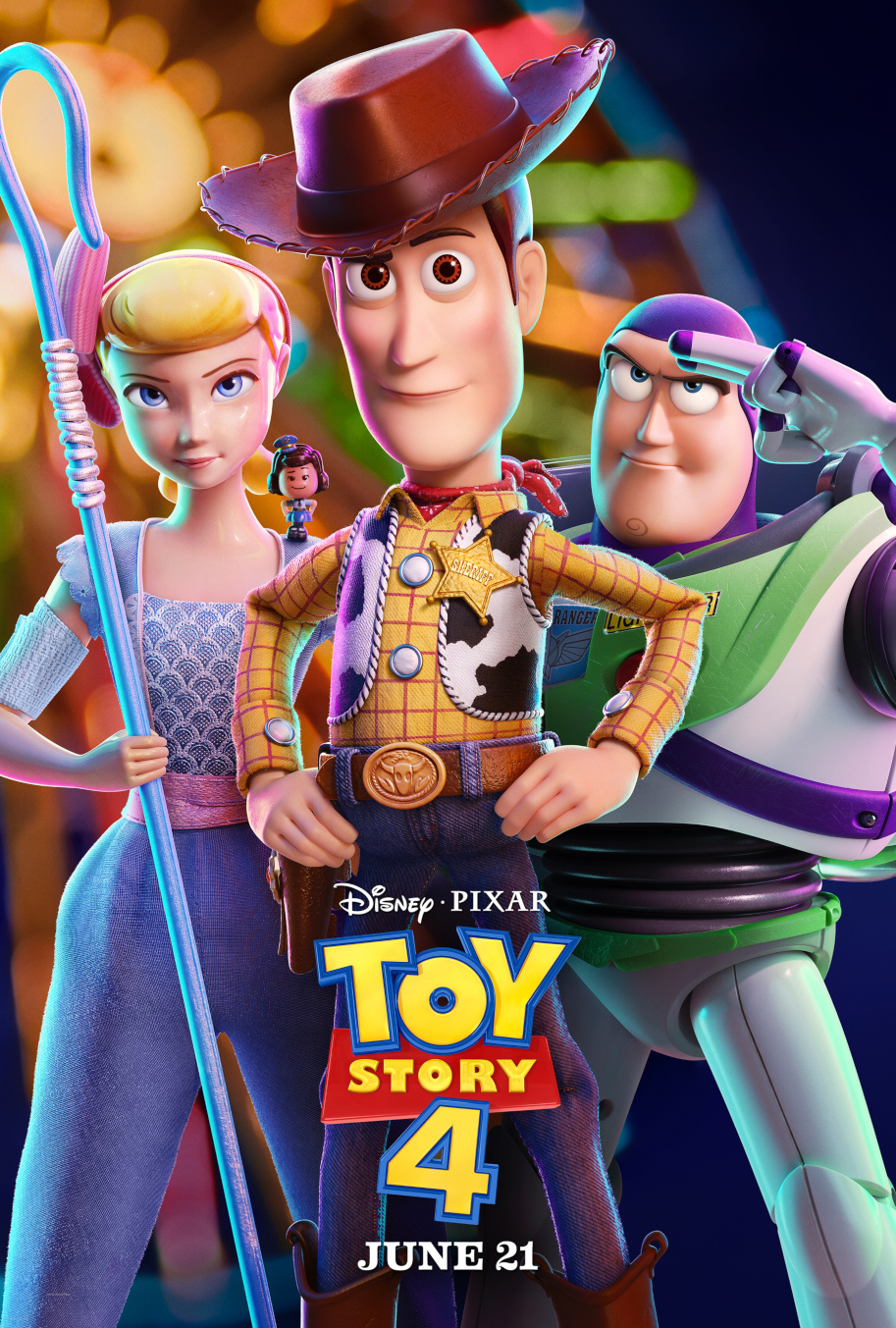


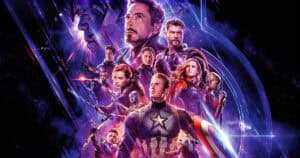
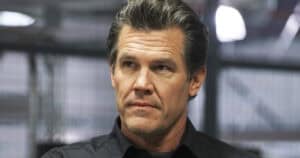

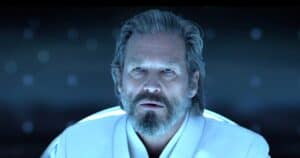
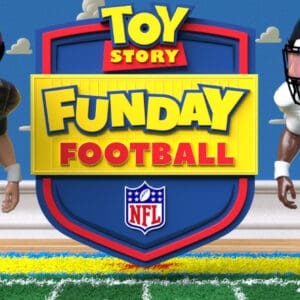
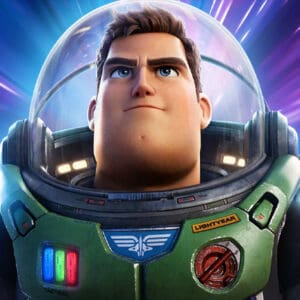
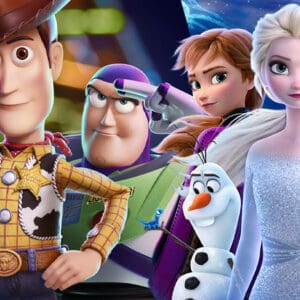
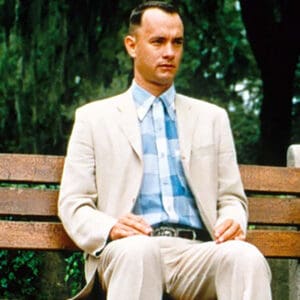
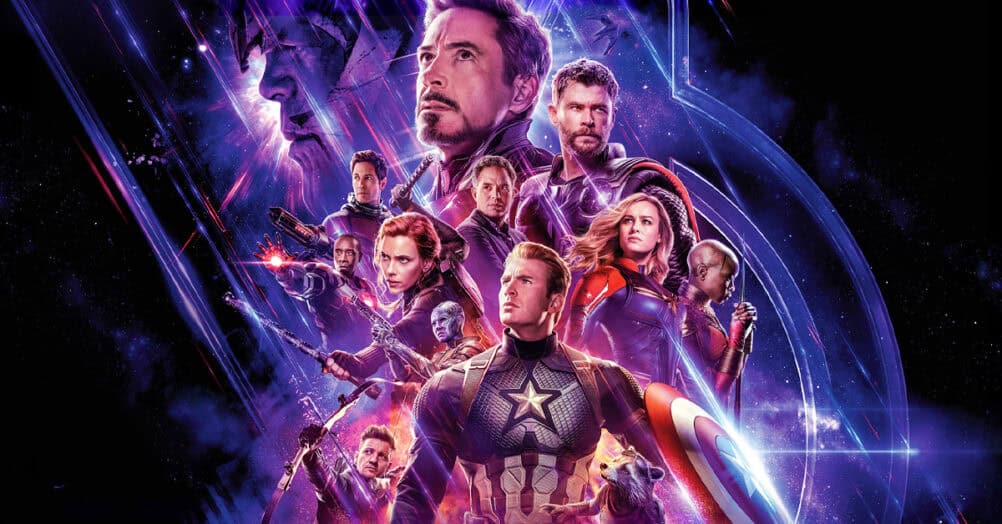
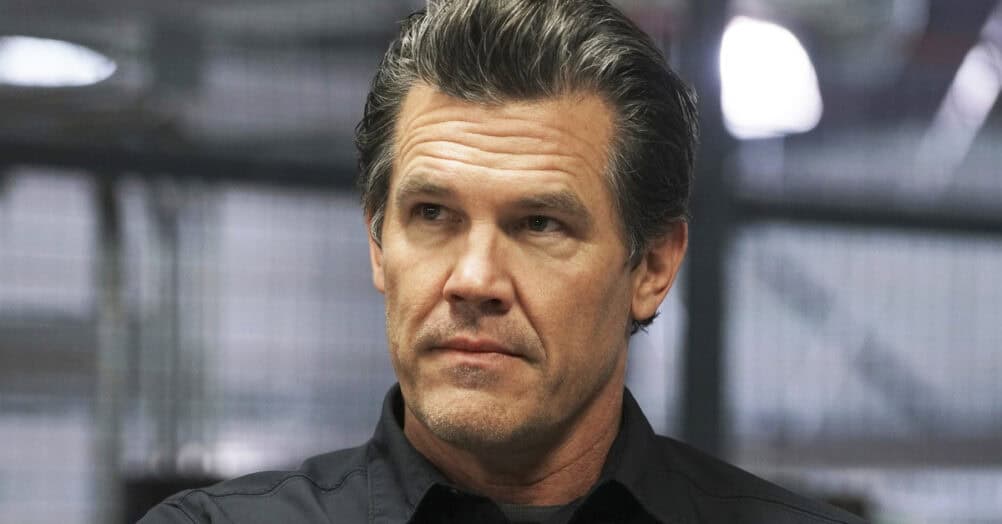
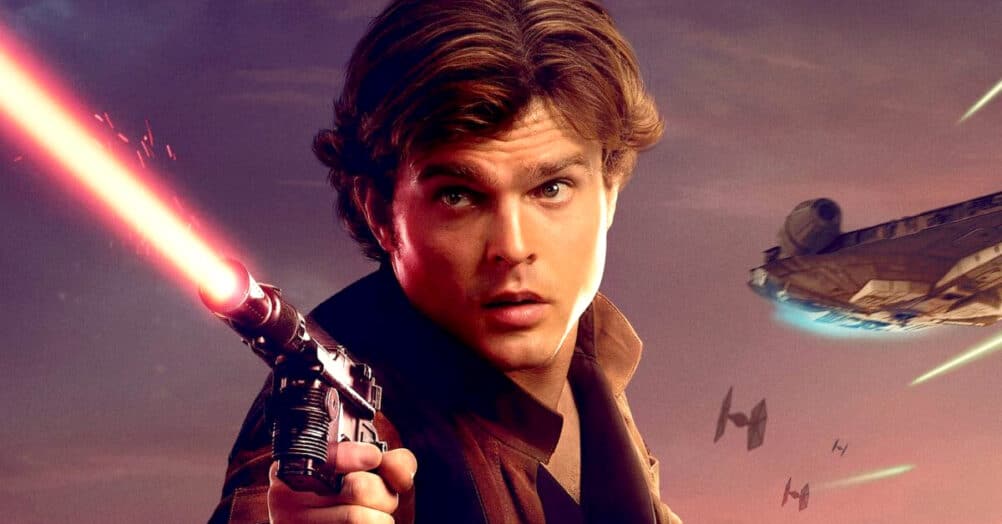
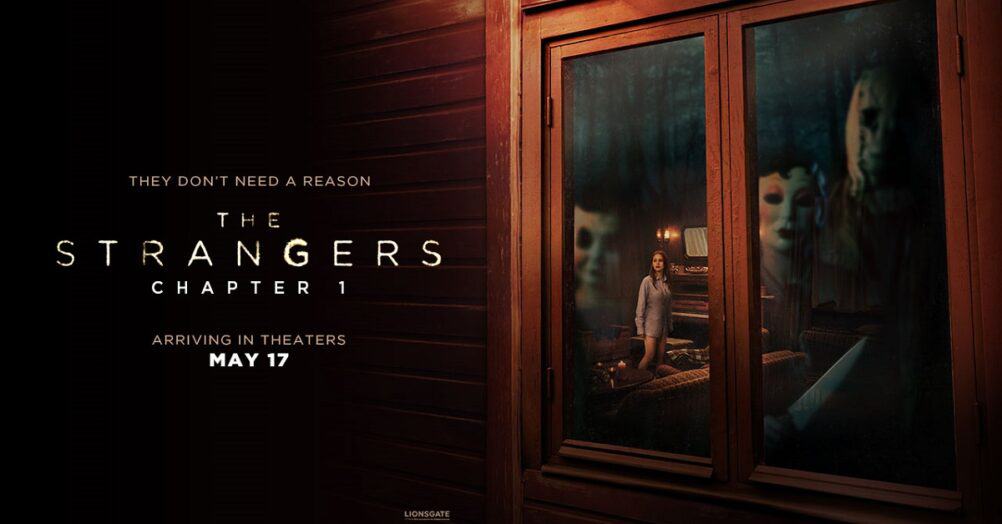
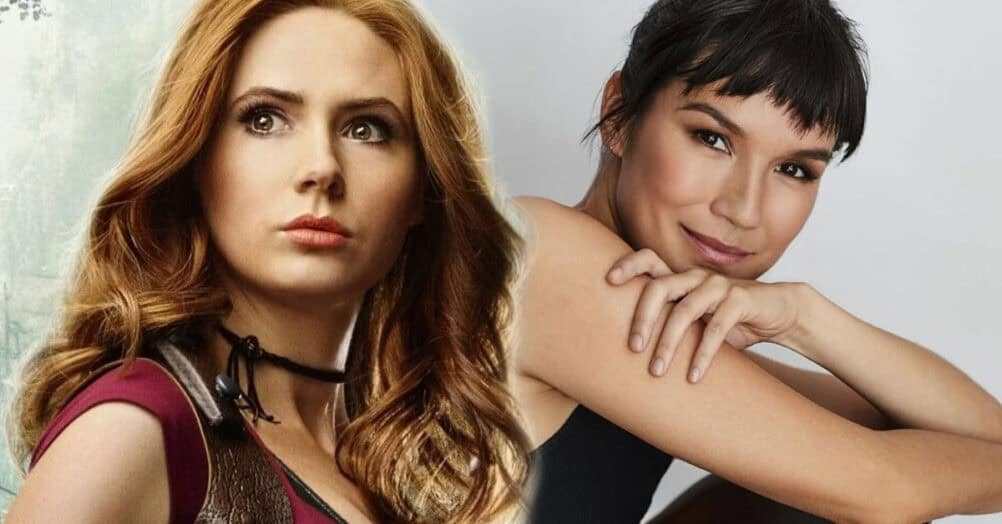
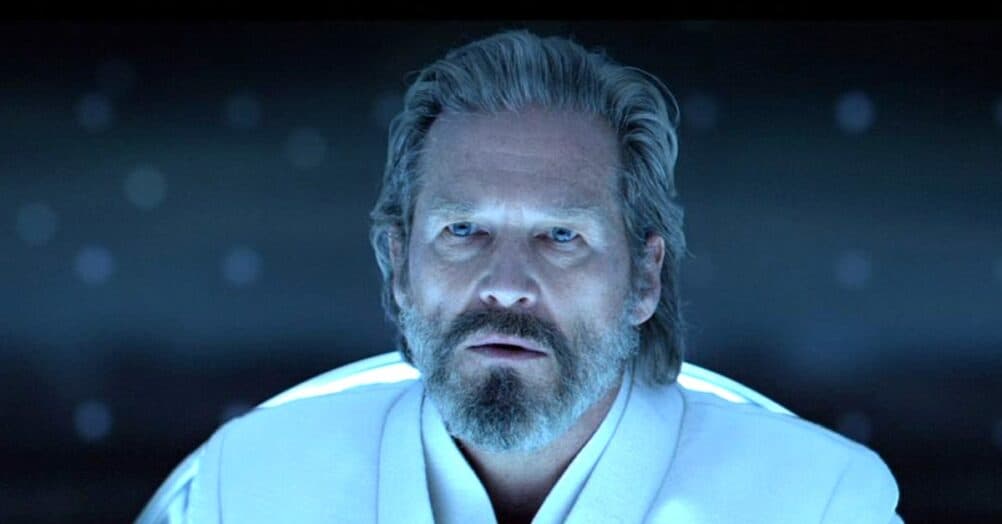
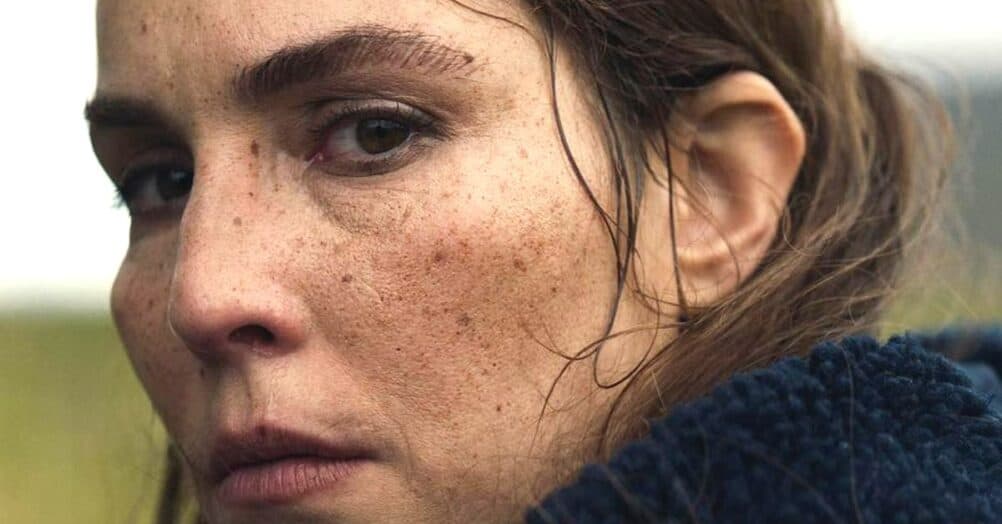
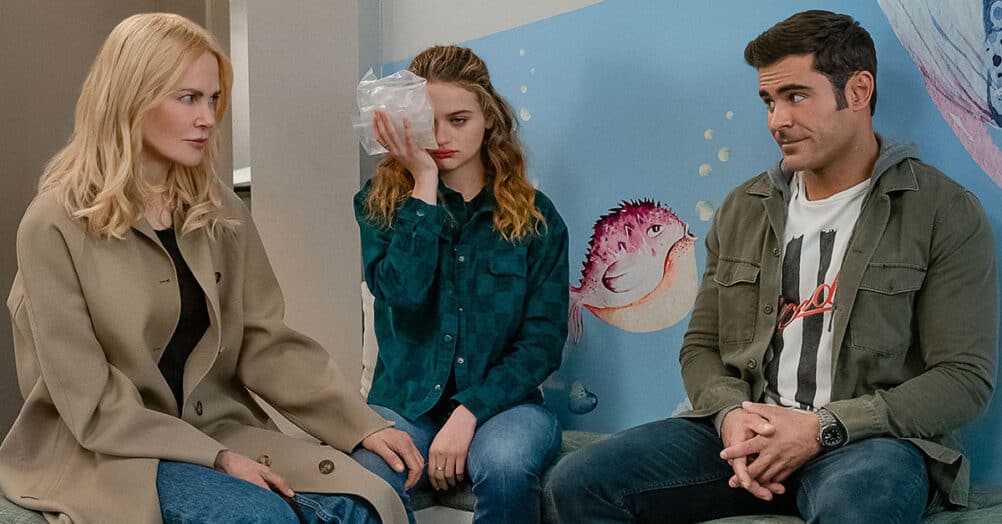
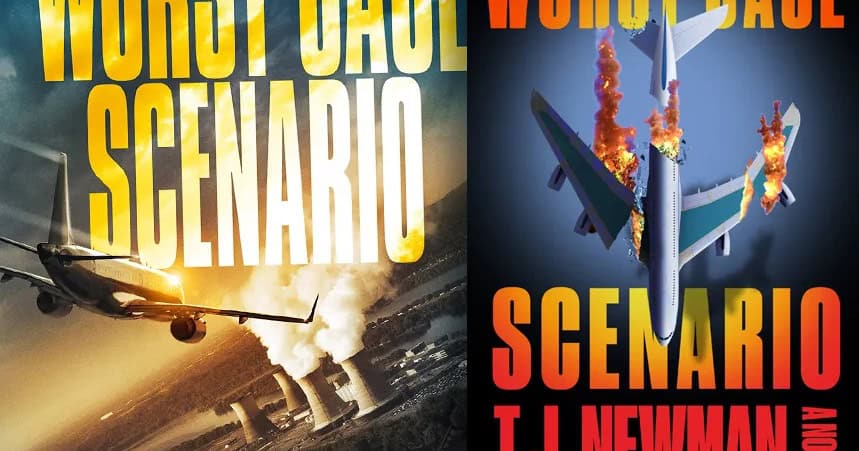
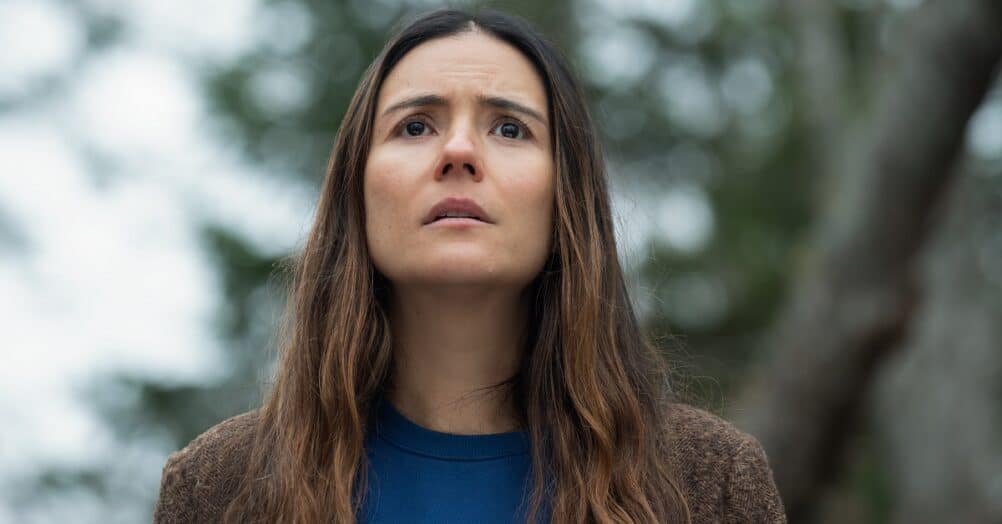
Follow the JOBLO MOVIE NETWORK
Follow us on YOUTUBE
Follow ARROW IN THE HEAD
Follow AITH on YOUTUBE